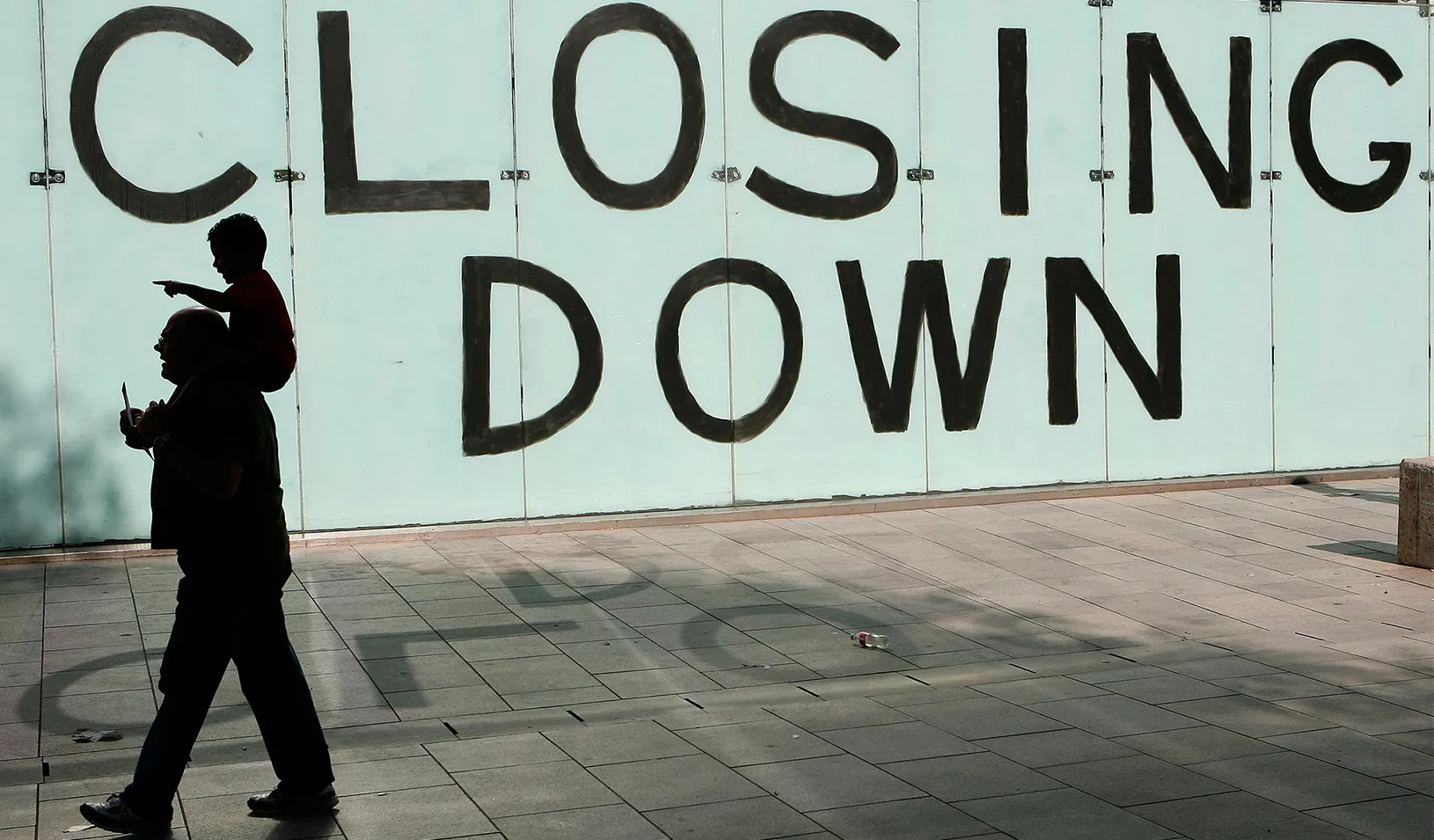Kathryn Shaw: Entrepreneurship Requires Practice, Practice, Practice
A scholar finds that repeat entrepreneurs are more likely to succeed.
September 30, 2014

The odds are overwhelmingly stacked against small retailers, but the chances of success increases for more experienced entrepreneurs. | Reuters/Phil Noble
Are entrepreneurs born or made? New research by Stanford Graduate School of Business Professor Kathryn Shaw adds to the evidence on the “made’’ side of the column.
The research, which examined records of 2.8 million small retailers in Texas, found that entrepreneurs were more likely to succeed the more times they had run businesses in the past. Entrepreneurship appears to be more of a craft than an aptitude.
Practically speaking, an entrepreneur could also focus on the lessons and takeaways from that failed business, lowering the risk of failure in his or her new ventures. And an entrepreneur can view a business that didn’t work out as a sign that he or she is not a failed entrepreneur but rather an experienced one.
“If you are an entrepreneur, you want to continue to gain experience as an entrepreneur,” Shaw said. “It’s really a long-term commitment. Learning from that experience can shape your future.”
Shaw, along with Francine Lafontaine of the University of Michigan, examined the successes and failures of retail entrepreneurs over a 22-year period, when 2.5 million retail businesses opened and 2.2 million closed. They found that, overall, the odds are overwhelmingly stacked against small retailers. The median length of time the businesses stayed open was only 24 months; the average was 40 months.
“Failure is very, very common,” Shaw said. “It remains common even for those businesses that are led by serial entrepreneurs.”
Still, there are ways to increase a retailer’s chances of success. Of the retail outlets studied, first-time business owners founded three out of every four, meaning only about a quarter of the retailers opened a second business.
It was those more experienced entrepreneurs who increased their odds of success, adding to their business longevity with each new venture. They experienced better success their second, third or fourth time around, remaining open longer in each case. Shaw said the research’s message that it is possible to learn to be an entrepreneur probably transfers to classroom experience as well as to on-the-job experience.
Previous research found that serial entrepreneurs were more likely to succeed than first-time business owners. However, because much of the prior research has focused on tech entrepreneurs — a world in which outside capital plays a huge role in the success or failure of a business — it’s been difficult to tell the extent to which the experience of serial entrepreneurship itself contributed to the success or failure of second or third companies.
This new research showed that there is learning. The researchers developed an equation that controlled for innate talent. An innately talented entrepreneur would have the same success rate in the past, present and future. The evidence for the learning emerged when the researchers looked at all persistent entrepreneurs — and found that their success rate grew in the future.
The researchers also found that the serial entrepreneurship increased the success rate across types of experience — in other words, the owner of repair shop who then opened a hair salon was more likely to succeed with that line of business even though his or her past experience was unrelated to hairstyling.
The counterintuitive result of the research was the degree to which entrepreneurship is thriving, even in the face of chain stores and even as the odds are clearly stacked against small business owners.
When they traveled to Texas, Shaw and Lafontaine found a surprisingly flourishing entrepreneurial scene in the suburbs. They saw independently owned shops and restaurants in small strip malls on their informal tour of the state. This is evident in their ongoing research: Communities that have a Walmart or a Starbucks also tend to have a greater number of mom-and-pop stores than chain stores.
“We concluded that entrepreneurship is really flourishing,” Shaw said. “Even as chain stores grow, the community is supporting more mom-and-pop stores.”
And, if the story of small retail entrepreneurs is one of a constant ebb and flow, the people who try and try again have a better chance of rising above the tide.
For media inquiries, visit the Newsroom.
Explore More

Latino Entrepreneurs Face — and Can Overcome — Funding Obstacles

When Starting Companies, Experience Matters



